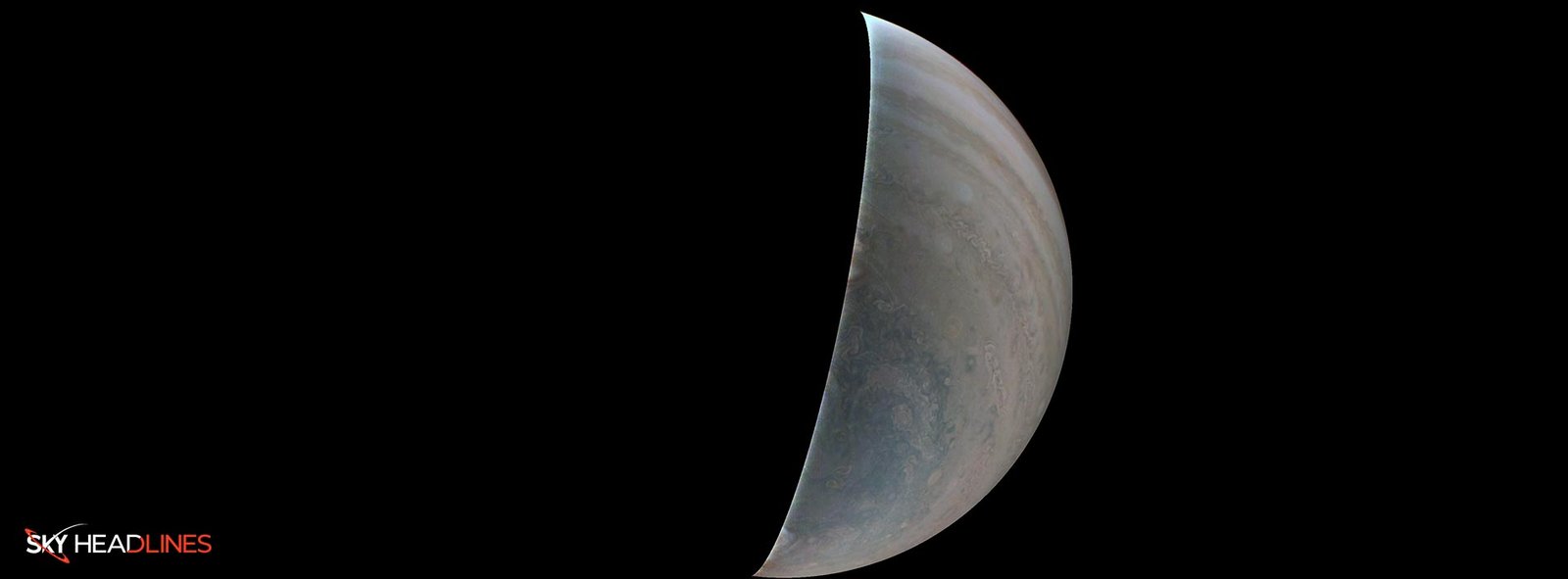Picture taken by the solar-powered orbiter’s JunoCam but not obtained engineering data are being evaluated again. The JunoCam imager aboard NASA’s Juno spacecraft did not acquire all planned images during the orbiter’s most recent flyby of Jupiter on Jan. 22. On Juno’s most recent flyby on Jan. 22 of Jupiter, NASA’s Juno spacecraft didn’t forward all the images that were captured. It is just as similar to the past months’ flyby. Just like one that NASA’s team faces on its previous flyby of the gas giant last month when the team saw the irregular rise in temperature after the camera was on in preparation for the flyby.
Is this the first time JunoCam faces an irregular rise in temperature?
Compared to the past month’s flyby this issue lasts longer. During December close pass the issue only remains for about 36 minutes. However, on this occasion, the issue persisted for about about 23 hours. This leaves the first 214 JunoCam images unusable during the flyby. The issue was all set after some time. Once the issue that was causing the rise in temperature was set the remaining 44 images were obtained with good quality and were usable.
Is this issue still bothering Juno?
During JunoCam’s 47th and 48th recent flybys of the mission, the team is evaluating the engineering data acquired. The mission team is also up to analyze the root cause of the anomaly and migration strategies. JunoCam will remain powered on for the time being and the camera continues to operate in its nominal state. For the time being the JunoCam will remain turned on and will continue to operate in a nominal state.
Designed to capture images of the gas giant cloud tops the JunoCam is a color, visible-light camera. The JunoCam imager aboard NASA’s Juno spacecraft for purposes of public engagement. But now after its progress, it has also proven to be significant for scientific investigations. Designed to operate in Jupiter’s high-energy particle conditions The camera has at least seven orbits but has survived far longer. Lastly, the Juno spacecraft will make its 49th flyby of Jupiter on March 1.





